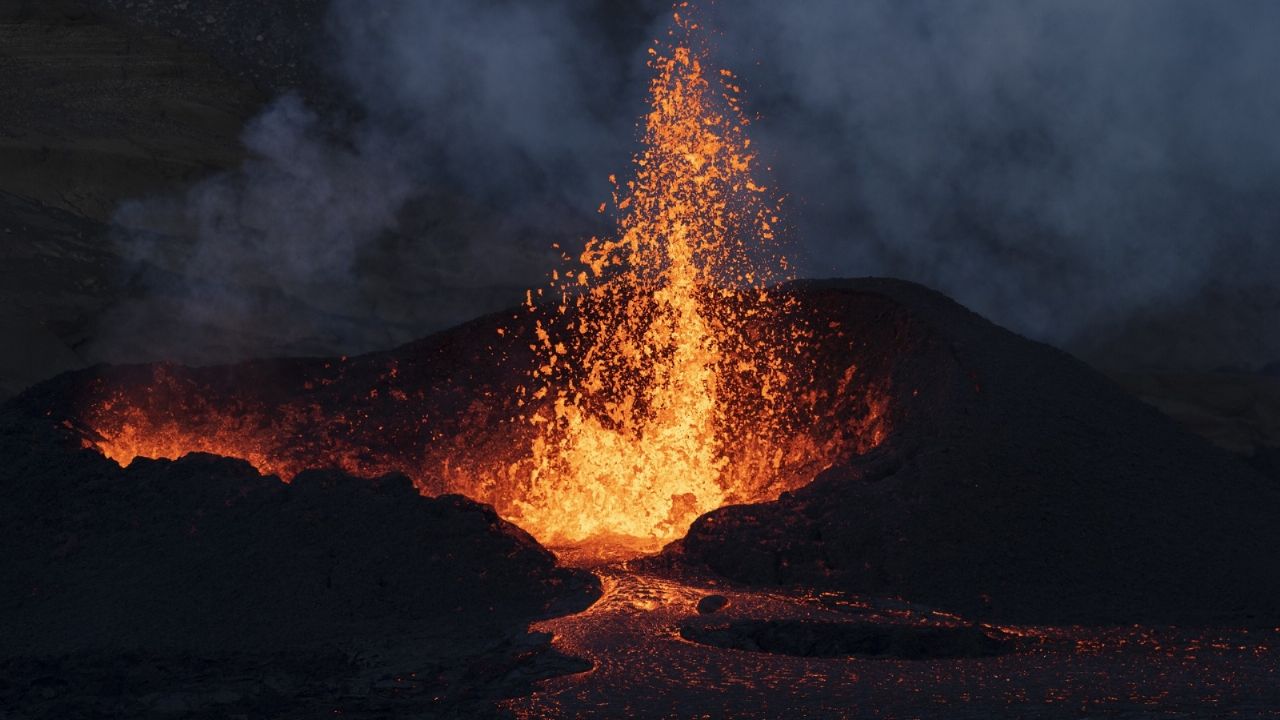Following the warning issued by the Chilean authorities for the possible eruption of the lascar volcanoJujuy and Salta remain on alert and take preventive measures in case of an emergency.
For this, the Emergency Protocol Directorate of the Ministry of Social Development of Salta, together with other provincial entities, carries out permanent monitoring of the lascar volcanosince there has been a strong seismic activity in the geological structure.
Although the lascar volcano It is located in the north of Chile, in the Antofagasta region, This is located about 300 kilometers from San Salvador de Jujuy and Salta capitalTherefore, in the event of an eruption, these areas of the country could be affected.
Likewise, there is a risk for other towns in the north of the country, such as Susques, Paso de Jama y Catua and San Antonio de los Cobres, among others, for which reason preventive monitoring is carried out on a permanent basis.

The Chilean authorities issued an orange alert due to the possibility that the volcano erupt, because the seismic movements of the last days are the strongest in the last 12 years.
Likewise, the national authorities issued a series of recommendations to act preventively and minimize the impact on health in the event that the activity of the Lascar change.

Among them, remain calm and follow the instructions of the authorities in charge of the emergency; learn about the activity of the volcano only through official media. In the event of an ash eruption, it is recommended to close doors and windows and use a mask to avoid respiratory effects.
How is the Láscar volcano
He lascar volcano It is located 70 km southeast of the town of San Pedro de Atacama, an area highly visited by tourists, and 30 km northeast of Talabre, in the Antofagasta region, in northern Chile.

It is 5,592 meters high and is geological structure with the highest seismic activity in northern Chile. Since its first activity was recorded, in 1854, it has erupted 30 times: the last time was in October 2015. However, one of the largest eruptions was recorded in 1993, when ash reached the coast of Brazil.


















